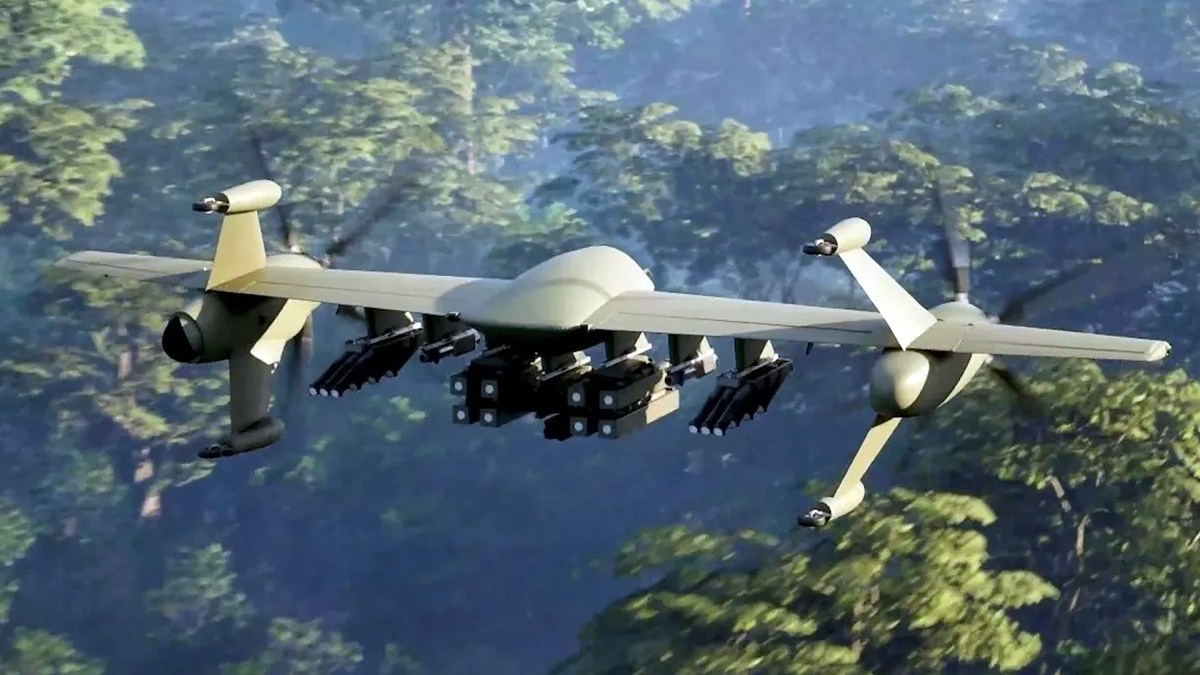And....I had to go find it....
Page 379
USS REUBEN JAMES
"Drop now-now-now!" O'Malley yelled. The eighth sonobuoy ejected from the side of the Seahawk, and the pilot brought the helicopter around and headed back east. O'Malley had already been up for three long, grueling hours this time, with precious little to show for it. Stop, dip, listen; stop, dip, listen. He knew there was a sub down there, but every time he thought he was beginning to get a line on it, the damn thing slipped away! What was it doing different?
Hatchet was having the same problem, except its sub had turned around on it and nearly scored a hit on Battleaxe. The frigate's violent wake turbulence had detonated the Russian torpedo astern, but it had been close, too close by half. He brought the helicopter into hover.
"Down dome!" They hovered for a minute. Nothing. It began again. "Romeo, this is Hammer. You got anything, over?"
"Hammer, he just faded out a moment ago. Our last bearing was three-fourone."
"Cute. This character's listening for you to stop your sprint, and he cuts his power back."
"That's a fair guess, Hammer," Morris said. "Okay, I got a barrier to the west if he heads that way. I think he's going due south, and we're dipping for him now. Out." O'Malley switched to intercom. "You got anything, Willy?"
"Nothing, sir."
"Prepare to raise dome." A minute later the helicopter was moving again. They dipped their sonar six more times in the next twenty minutes and came up blank.
"Again, Willy. Prepare to lower. Set it down to, uh, eight hundred feet this time."
"Ready, sir."
"Down dome." O'Malley squirmed in his seat. The outside temperature was moderate, but the sun made a greenhouse of the cockpit. He'd need a shower when he got back to the frigate.
"Searching at eight hundred feet, sir," the petty officer said. He was hot, too, though he'd brought a pair of cold drinks along for the flight. "Sir, I have something … possible contact bearing one-eight-five."
"Up dome! Romeo, Hammer, we got a possible contact south of us. Going after it now."
"Hammer, we have nothing anywhere near you. Be advised Bravo and Hatchet are working a contact. Two torps have been launched with no hits."
Nobody ever said it was easy, the pilot thought. He moved three thousand yards and dipped the sonar again.
"Contact, this one's for real. Type-two engine plant bearing one-eight-three."
O'Malley checked his fuel. Forty minutes. He had to get this one in a hurry. He ordered the dome up again and went another three thousand yards south. His shoulders flexed against the seat straps. It seemed to take forever for the sonar dome to get down to search depth.
"There it is again, sir, north of us, bearing zero-one-three. Bearing is changing. Zero-one-five now."
"Set it up!" Thirty minutes' fuel. Time was their enemy now. Ralston punched up the Master Arm and Select buttons.
"Willy: hammer!" The sonar sent out five ranging pings.
"Zero-one-nine, range nine hundred!"
Ralston set search depth and pattern. O'Malley brought his thumb across the stick and dropped the torpedo.
The submarine went to full power and turned left away from the helicopter while the torpedo plunged to eight hundred feet before beginning its search. O'Malley growled to himself that he'd launched from a bad angle, but it would have taken too long to reel in and reacquire. He held the aircraft in hover and listened over his headset as the whine of the torpedo screws chased after the deeper thrum of the Charlie's powerful twin screws. The nuclear sub maneuvered frantically, trying to turn inside the pursuing torpedo.
"They're on the same bearing now," Willy reported. "I think the fish has him—hit!"
But the Charlie didn't die. They heard the sound of blowing air, then it stopped. A wild cacophony of mechanical noise followed as the contact moved off to the north, then faded as the submarine slowed. O'Malley didn't have enough fuel to pursue. He came around west and headed for Reuben James.
"Hammer, Romeo, what happened?"
"We hit him, but he's still alive. Stand by, Romeo, we're coming in skosh fuel. Five minutes out."
"Roger that, we'll be ready for you. We're vectoring another helo onto the Charlie. I want you to join Hatchet."
"How come we didn't kill him?" Ralston asked.
"Almost all Russian subs have double hulls, and that dinky hundred-pound warhead on the Mark-46 isn't gutsy enough to give you a kill every time. You try to attack from the stem if you can, but this time we couldn't. If you get a stem hit, you pop the shaft seals and flood his engine room. That'll kill anybody. They didn't tell you to go for a stem shot in school, did they?"
"Not especially."
"Figures," O'Malley growled.
It was good to see the Reuben James after four hours. It would have been even better to visit the officers' head, O'Malley thought bleakly. He brought the Seahawk over the port corner of the frigate's stem and paced the ship. Aft, Willy opened the sliding door and tossed down a messenger line. The frigate's deck crew attached a refueling hose to the line and Willy hauled it in, plugging the hose into the fuel tank. The procedure was called HIFR, for helicopter in-flight refueling. While O'Malley fought his helo through the roiled air behind the ship, fuel was pumped into his tanks, giving him another four hours' endurance. Ralston kept his eyes on the fuel indicators while O'Malley flew the aircraft.


